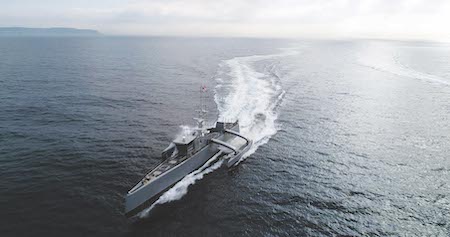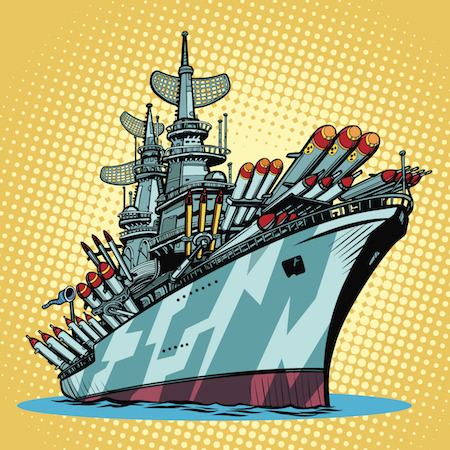In an effort to close this gap, the US Navy has turned to unmanned technologies, with the aim of using them not only as defence, but to go forward on the attack.
The idea is to spread out an unmanned swarm over a wide area so that foreign intelligence and reconnaissance is stretched to the limit, allowing the US Navy to gain more sea control. This can be vital in areas such as the South and East China seas where China’s growing fleet and long-range anti-ship missiles currently deny enemy any control. If each manned warship is itself controlling one or two unmanned combatants, the picture increases in magnitudes of complexity for the opponents as their intelligence operations are overwhelmed. Meanwhile, the extra unmanned ships will be able to feed the US Navy’s ships with more information, increasing their capabilities.
While this is still some way off, especially with monetary concerns at deploying such a fleet, it is clear that the US is becoming serious about unmanned military technologies. The Navy’s experimental drone ship – the Sea Hunter – has switched from being a publicly developed programme to a classified secret programme, under the control of the Office of Naval Research, meaning no further comment on its progress will be forthcoming from the Navy.
Only two years ago, the Navy was loudly boasting of its capabilities. Fears of foreign intelligence and the importance they are now assigning this technology has led to this switch to secrecy. International attention has already turned to autonomous weapons, with the UN’s Convention on Conventional Weapons meeting semi-regularly to discuss the matter under increasing pressure from groups such as the Campaign to Stop Killer Robots to prohibit their development.


.jpg)
.jpg)
.jpg)

.jpg)


.jpg)

